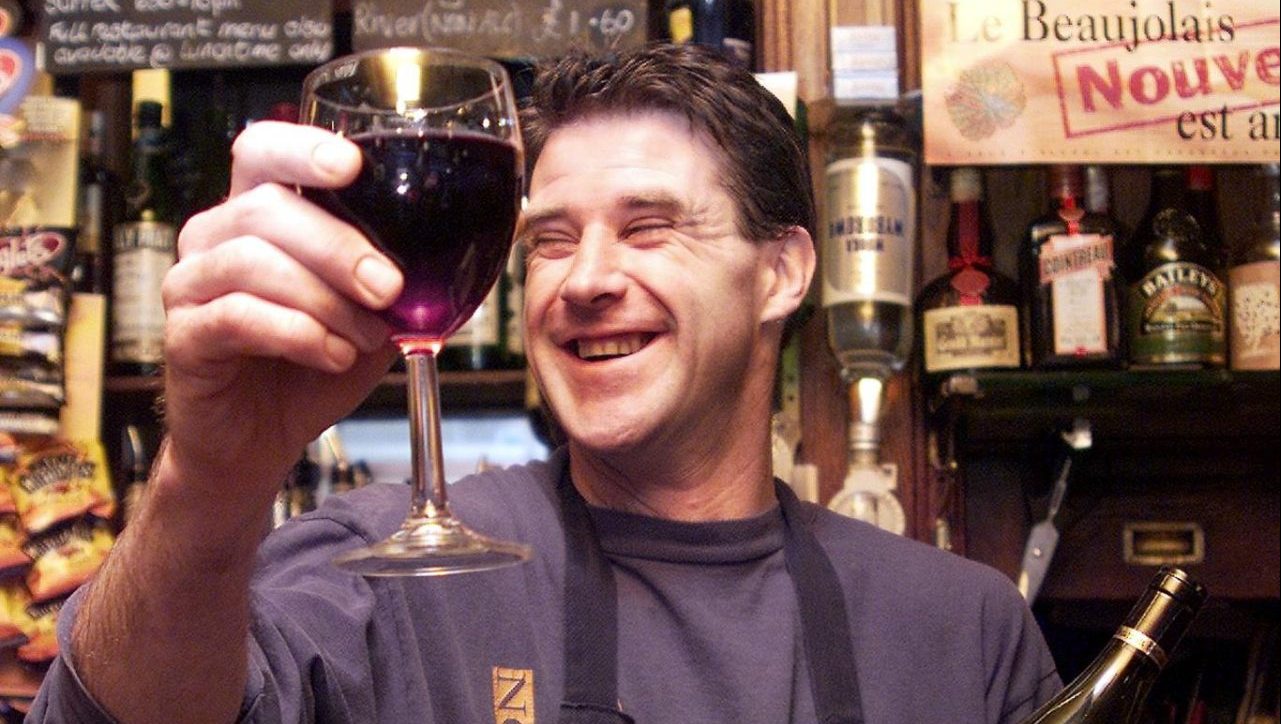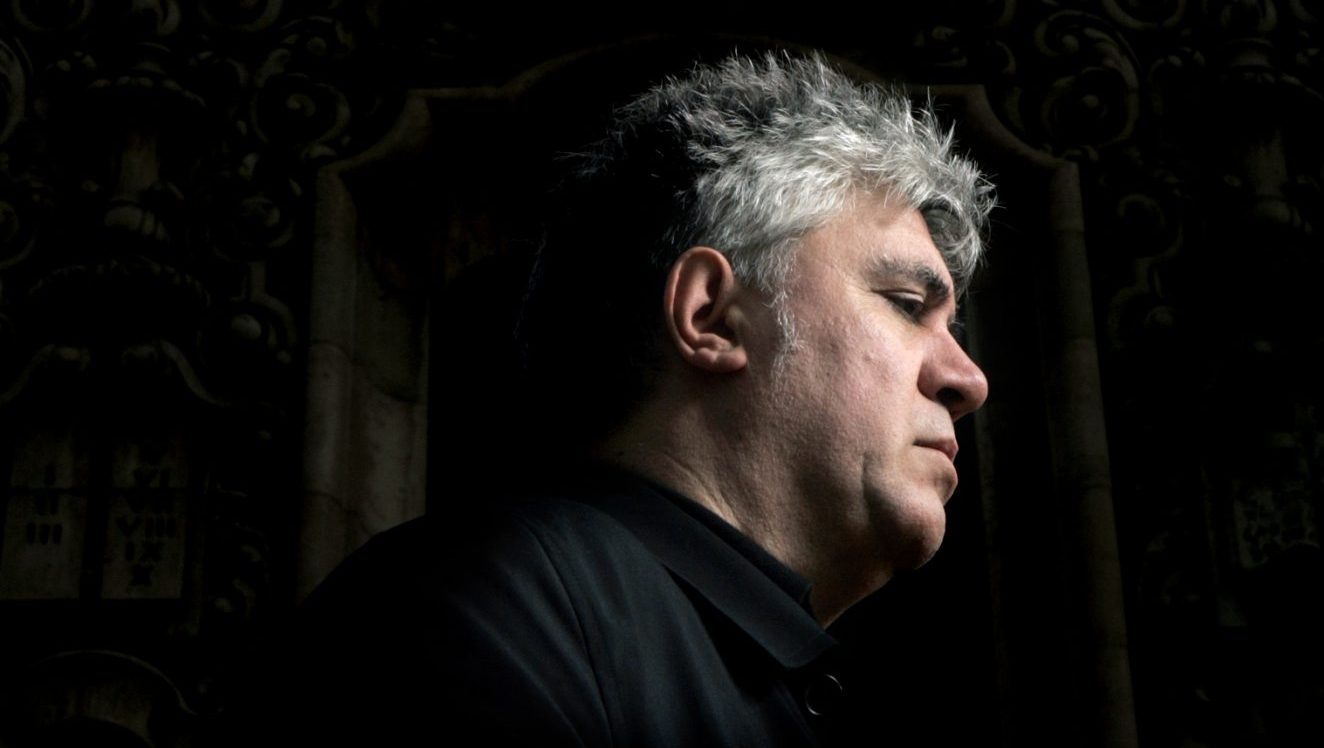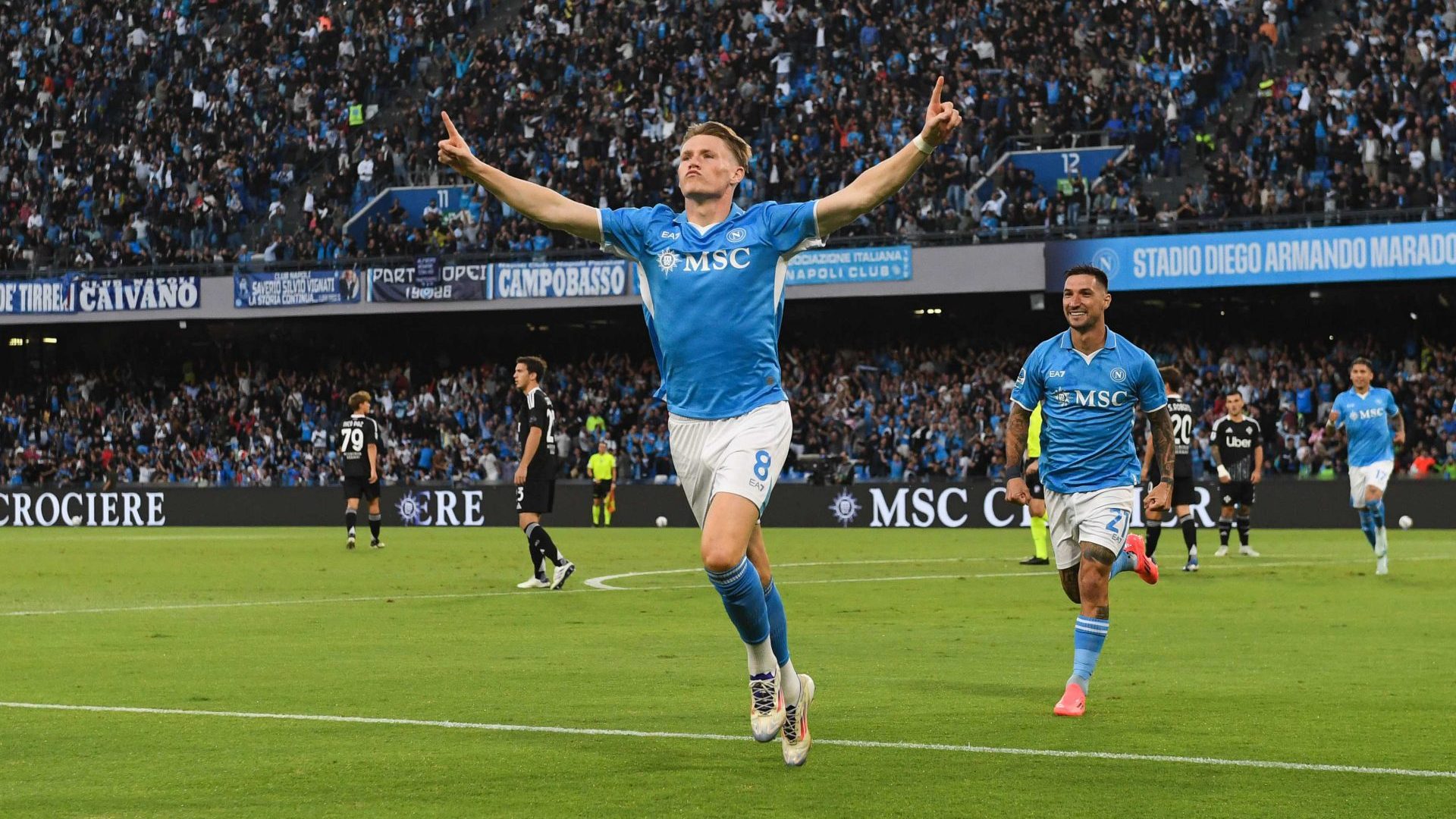The Glasgow Herald once called it “the most exciting French phrase since ‘Liberté, égalité, fraternité’”. On the third Thursday of November – this year it falls on the 21st – we will again hear five words that for a few years in the 1970s and 80s could be guaranteed to send Britons into a state of high excitement: “Le Beaujolais Nouveau est arrivé”.
It’s perhaps not surprising that a booze-worshipping country – then one opening itself up to Europe rather than closing down – should have found itself captivated by a day that seeks to celebrate the question “how quickly can we make and then drink wine?” But we weren’t alone – Americans and the decidedly more restrained Japanese fell in love with it too.
There was – still is, in fact – something irresistible about Beaujolais Nouveau day. Take an element of anarchic competition, unleash exuberant revelry and pour over a few thousand gallons of wine. It’s a perfect, late autumn storm. And one that, like the “traditional English” ploughman’s lunch, turns out to be steeped not in antiquity but in an act of marketing genius.
Britain quickly embraced the legend of Beaujolais Nouveau. First, the place itself. Beaujolais – or Bojo as the cool kids call it – is directly south of Burgundy and north of Lyon. It produces almost exclusively red wine made from Gamay that’s not entirely dissimilar from the Pinot Noir made up the road.
It is not held in remotely the same regard as its northern neighbour; however, it is much cheaper, so it’s not all bad news. Burgundy has refinement and rarity, whereas Beaujolais is all about ease, pleasure and reliability. Three equally fine attributes if you ask me.
The Nouveau suffix indicates the wine in question is from the current year. The grapes are picked and pressed, then swiftly bottled and distributed post-haste to be knocked back with abandon by all and sundry, a mere six weeks after harvest.
The man responsible for turning this into a global obsession was George “flowery labels” Dubœuf. He became known as the King of Beaujolais (despite his family’s estate being in Burgundy), producing millions of bottles across all classifications (crus, villages, straight Beaujolais and nouveau) for a global customer base.
There’s no question Dubœuf was a successful winemaker, but his real talent clearly lay in being an entrepreneur and marketeer. Beaujolais Nouveau was his Mona Lisa.
For decades, it had been tradition for French vineyards to celebrate the end of the grape harvest by handing out glasses of the new wine to workers, their families and other locals. Barrels of the stuff were then floated down the Saône to Lyon, where bars served customers by dipping in a pitcher.
It was in the early 1960s when Dubœuf, looking for a way to promote his family farm’s unremarkable wines, spotted a “Le Beaujolais Nouveau est arrivé” sign in a Lyon restaurant. It was then he began to conceptualise the two elements of Beaujolais Nouveau day – a race to get the newest wine to the furthest destination (he began with Paris) and the party when it arrived.
For Britons, the race first surfaced in 1970 as a private challenge between Dubœuf’s UK importer Joseph Berkmann and the since-disgraced politician, gourmand and TV personality Clement Freud. They were said to have been enjoying a heavy lunch at a Burgundy hotel when, several bottles deep, they decided to buy a case of the new wine each and see who could be first to deliver it to London.
Though sceptics will view the spontaneous aspect of the story with suspicion, the idea of the Nouveau race soon became enough of a media event to attract the participation of racing driver Sir Stirling Moss. Each subsequent year then came with rumours of spare tyres being found on the roads out of the region after gung-ho British wine bar owners filled the boots of their Porsches and BMWs with cases of the stuff and drove at illegal speeds through the night.
Come the 1980s, enthusiasm for the race was at an all-time high and increasingly decadent modes of transport were deployed to secure the coveted first place. One year the Red Devils parachute team executed the mission with aplomb, their time only beaten in following years by a Harrier jump jet. Very much a stunt of a time uninhibited by carbon footprints.
Melanie Jappy, producer of The Wine Show, who grew up in Scotland recalls: “in 1970s Fife, the main hotel’s owner threw a big Nouveau party and made a great show of arriving by helicopter with the wine. Even at a young age I remember thinking it all seemed very glamorous.”
All across Britain, fishnetted can-can girls were hired to escort the wine on the home straight. Bartenders donned berets. ’Allo ’Allo! was on the telly, Chris Waddle was starring at Marseille and the entente cordiale was flowing. Of course, it couldn’t last.
What ended this great Anglo-French booze craze, which at its 1989 peak saw 5 million bottles sold in the UK? A combination of things, including some unromantic changes from the French (to prevent accidents on back roads, producers first were encouraged to send their stock to Calais; later they could deliver the wine days ahead of schedule as long as it was not opened and sold until the third Thursday).
And Nouveau fell out of fashion. It was, people joked, a wine that came with its own go-faster stripes, the kind of drink a naif like Del-Boy Trotter would consider the height of sophistication.
Accessible is all well and good but when it crosses over into generic and soulless, you lose the va-va-voom that ultimately makes wine so alluring. Beaujolais Nouveau sold a lifestyle while selling a product – until the lifestyle itself became unfashionable.
In Britain, the yuppie wine bar was out, the wholesome gastropub and Cool Britannia in. And New World wine brands flooded into the supermarket. Wines with less backstory but more depth were now readily available. Back in Beaujolais, winemakers who had switched much of their production to Nouveau when the craze was at its height now had to pivot back to more complex and traditional wines in order to survive.
Yet quite rightly, Bojo Nouveau refuses to die. Importantly, it no longer defines the region, it simply celebrates it and now the capital is teeming with a whole new generation of enthusiasts.
The race still exists, though it is now more a navigational rally with cryptic checkpoints along the way from London to Burgundy (it goes in reverse these days). An impressive array of specialist motors, 4x4s, kit cars and touring motorcycles take part and the whole thing raises money for charity.
As for the party, come November 21, Berkmann will have five 38-tonne lorries rolling up to their warehouse in north London to deliver 70,000 bottles across the UK in seven hours. The rules state you can only start distributing from 12.01am on the third Thursday to reach restaurants in time for service, which for some people means breakfast.
The likes of the Galvin brothers, Uncharted Wines and Noble Rot among others have kept the flame well lit in London for the last 10 years or so, which is just as well given the fact it still makes up 30% of total Beaujolais production. Top producers such as Dutraive, Foillard, Breton, Lapal, and Smith-Chapel are on board too, proving the Nouveau can happily coexist with the Crus.
Rupert Taylor of Uncharted Wines recalls, “In 2016 Chris (Galvin) asked me if we could get some Nouveau in time for their annual Beaujolais breakfast in their Spitalfields bistro”, where regulars get stuck into a few cheering glasses over croque monsieur and œufs en meurette. He persuaded one of his producers, Andrew Nielson of Le Grappin, who makes superb wine with his wife Emma – to drive over from France through the small hours of Thursday morning with several kegs of Nouveau destined for the city’s best bars including Winemakers Club and Noble Rot.
It was Noble Rot’s inaugural Fête de Beaujolais that year, and the wine arrived literally minutes before lunch service, inciting a series of anxious phone calls from the sommelier.
“It’s frustrating if a hip wine bar refuses to serve any Nouveau on the day, and just pours older vintages from the crus,” continues Rupert, “as if to make a point that Nouveau wine is not intellectual enough for them. When in fact it’s a big part of Beaujolais heritage; it’s important and unique to the region. People should get some in even if it’s not what they drink or pour all day. Have a glass of Nouveau for breakfast then move on to the more serious stuff for lunch.”
Yet nothing that takes place in London is a patch on Swansea, where Bojo Nouveau mania still runs rife.
At the heart of the action today is Morgans, the smart hotel in the centre of the city who describe it as “the most anticipated day in Swansea” with VIP tables for 10 going for over a grand.
Bojo fever is thought to have found its way to the city via former rugby pro Clem Thomas. In the 1960s he owned not only Swansea’s No Sign Bar, but also, crucially, a house in Burgundy. This meant the newly released wine could be transported quickly and cheaply, making a fast buck and bringing a little London pizazz to south Wales.
Other local entrepreneurs got on board, all wanting to outdo each other with ever more extravagant events, and on it rolls to the present day.
Ben Llewelyn of Carte Blanche Wines lives in Monmouthshire and says: “It’s carnage! Fountains run red with Beaujolais… well, water dyed red. The whole town descends on Morgans, the spiritual home of Beaujolais Nouveau in the western hemisphere – Japan is the eastern version – and the whole city loses its shit. Although in truth I reckon more Prosecco is drunk than anything else.”
I doubt wherever I celebrate this year it will be as glamorous as my first Beaujolais Nouveau Day, which I discovered by accident while working in Paris as a model in the early noughties. By 3pm no lunch had arrived, so I assumed we were just going to work through (which was rare in Paris, to be fair).
Then suddenly the photographer declared the shoot “fini!” and out came several bottles of Nouveau with a superb spread to go alongside and everyone took the rest of the day off. That is the magic of Beaujolais Nouveau day. Now go and enjoy it.
Ruth Spivey is a wine consultant and writer



